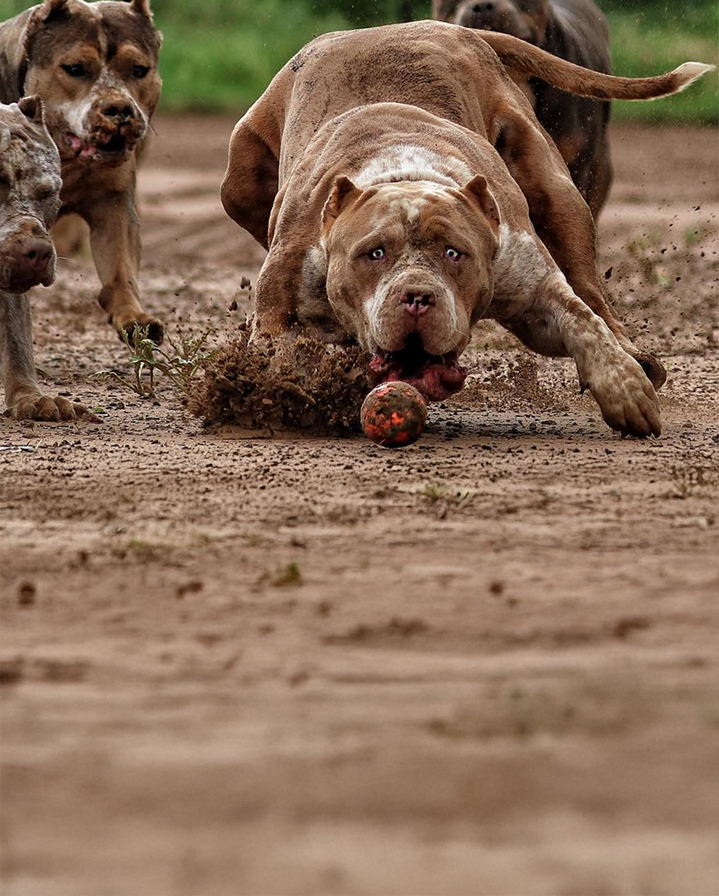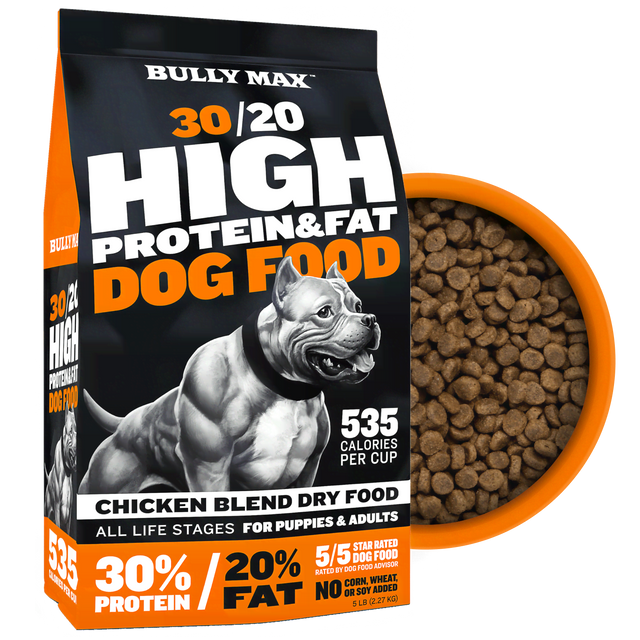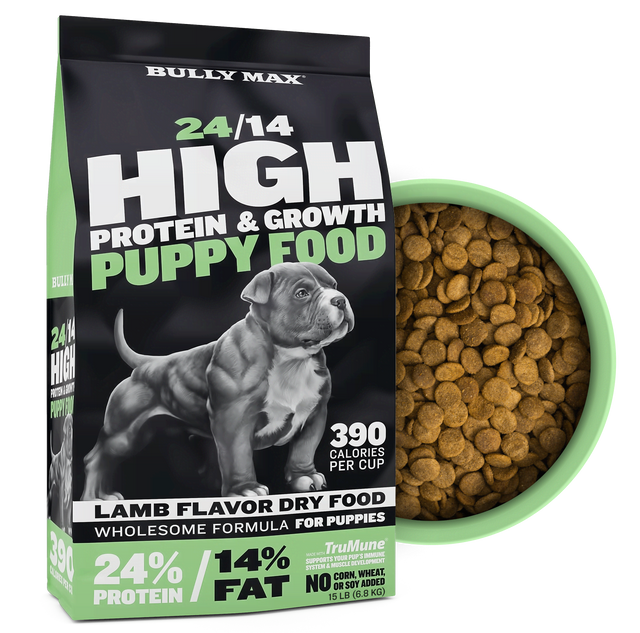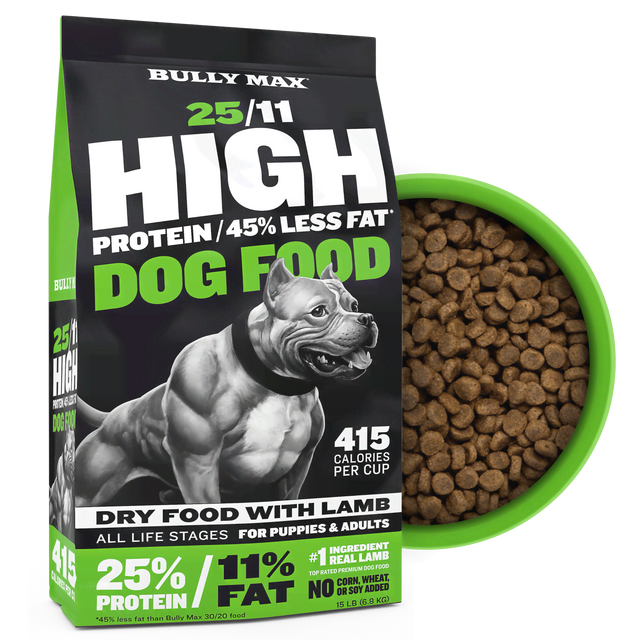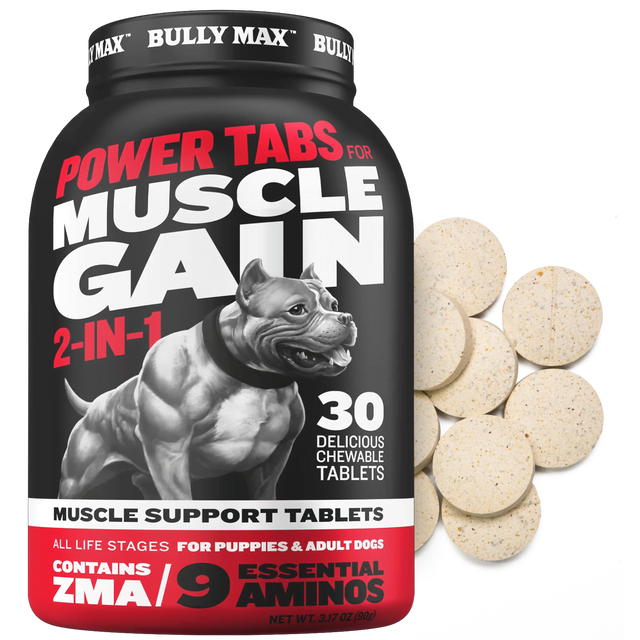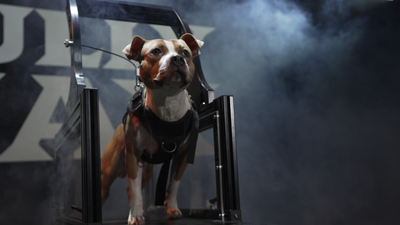Calorie Needs for Dogs in Competitive Training
Performance dogs are engaged in high-impact, high-energy sports; they have different nutritional needs than regular pet dogs. As dog owners, we spend a lot of time setting our canine athletes up for success, but what we put into our dogs’ bowls at mealtime is just as important as the training and conditioning work that we do to prepare our dogs for competition. The food we feed our performance dogs provides them with the fuel they need to participate in physically demanding activities, and in general, these dogs need a higher-calorie diet to be successful athletes.
Performance Dogs Need More Calories
Dogs that are training and competing in performance sports burn calories quickly while they are working. Because of this, performance dogs often benefit from being fed a more energy-dense food that is high-calorie. The type of sports your dog competes in will influence the calories needed to fuel their bodies and keep them performing at their best.
A study into the unique feeding needs of dogs involved in performance sports from Cornell College of Veterinary Medicine, a leader in canine nutrition for working dogs, looked at different kinds of performance sports to determine the nutritional needs of these sport dogs. The researchers divided working dogs into three categories, each of which has a slightly different nutritional need. These categories are Sprint, Medium Activity, and Endurance:
Sprint
When we look at companion dogs participating in sports, the majority of our dogs will fall into the Sprint category of working dogs. Sprint dogs include those dogs that are involved in sports like:
-
Lure coursing
-
Flyball
Optimal nutrition for these dogs is found to be lighter on fats and more intense on carbohydrates. With regard to calories, Sprint sport dogs are found to thrive when eating 300-400 calories per cup of food.
Medium Activity
Medium activity dogs in a performance sport context means those working dogs who are involved in sports and activities like:
These dogs, the Cornell study found, benefited most from a caloric-dense diet when in active work and training. Medium activity competition dogs were found to need to be eating 400-500 calories per cup of food to stay in top performance shape.

Endurance
Endurance dogs are categorized as the most intense of working dogs. These are dogs who are participating in high-intensity endurance activities like sled dog racing. These dogs benefit from diets that are high in fat, particularly during their full working seasons. Endurance sport dogs were found to do best when eating 500-600 calories per cup of food.
One older study published in the Journal of the American Animal Hospital Association looked at Beagles and endurance. The researchers found that Beagles fed a high-fat diet were not exhausted until after 20 miles. When the dogs were fed a lower fat diet, however, they were exhausted at 15 miles.
Quality Not Quantity
While we know that performance dogs need more calories in their diet to perform at the highest level of sport, the quality of those calories is important. We don’t want to just fill our dogs up with anything; we want to make sure they are fed quality foods. When looking at the nutritional needs of working dogs, it's important to look at all aspects of what is fueling our dogs. Bully Max's high-protein, high-calorie diet is made with performance dogs in mind. The meat-based ingredients and added supplements make it designed to support muscle growth and maintenance for dogs involved in high-intensity sports. When feeding a higher-calorie diet to our dogs, we want their bodies to be fueled for competition, but we don’t want dogs to feel uncomfortably full.

Just like with human athletes, this means eating high-quality, easily digestible foods that provide dogs with the high volume of calories they need without filling a dog up with large amounts of food. A high-quality performance-minded food like Bully Max provides does with the fuel they need without leaving dogs full and lethargic.
Key Takeaways
Just as important as all the training that you are doing with your dog to prepare them for performance sports, it’s equally important to focus on your performance dog’s nutrition.
-
Performance dogs need a higher-calorie diet than pet dogs
-
The ideal calorie range will be dependent upon what type of sport your dog participates in.
-
Quality calories are going to help fuel your dog without filling them up

